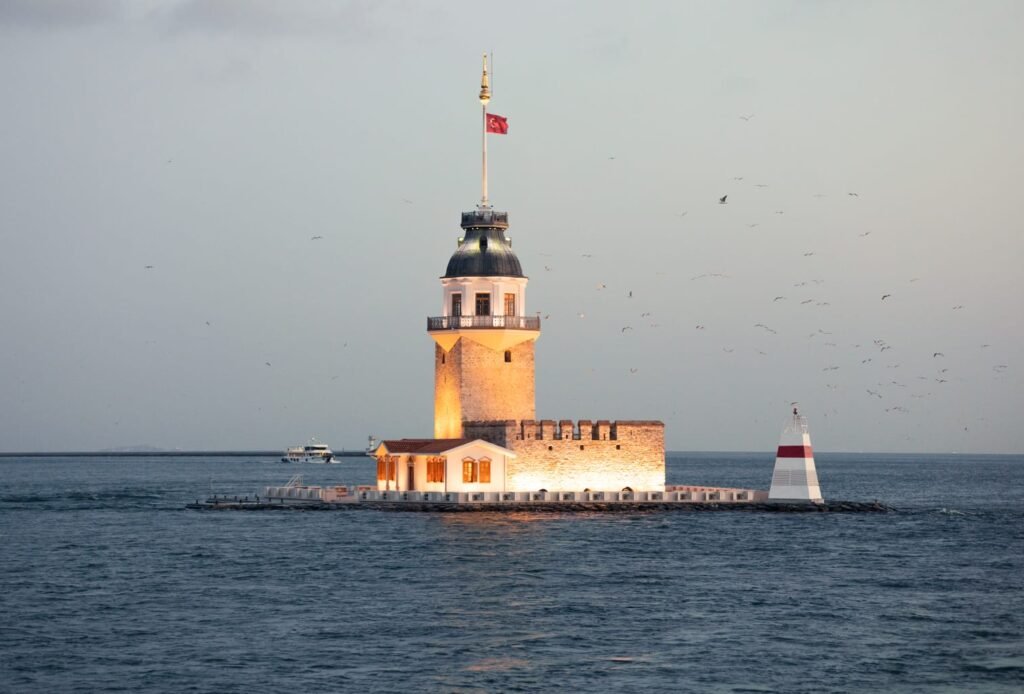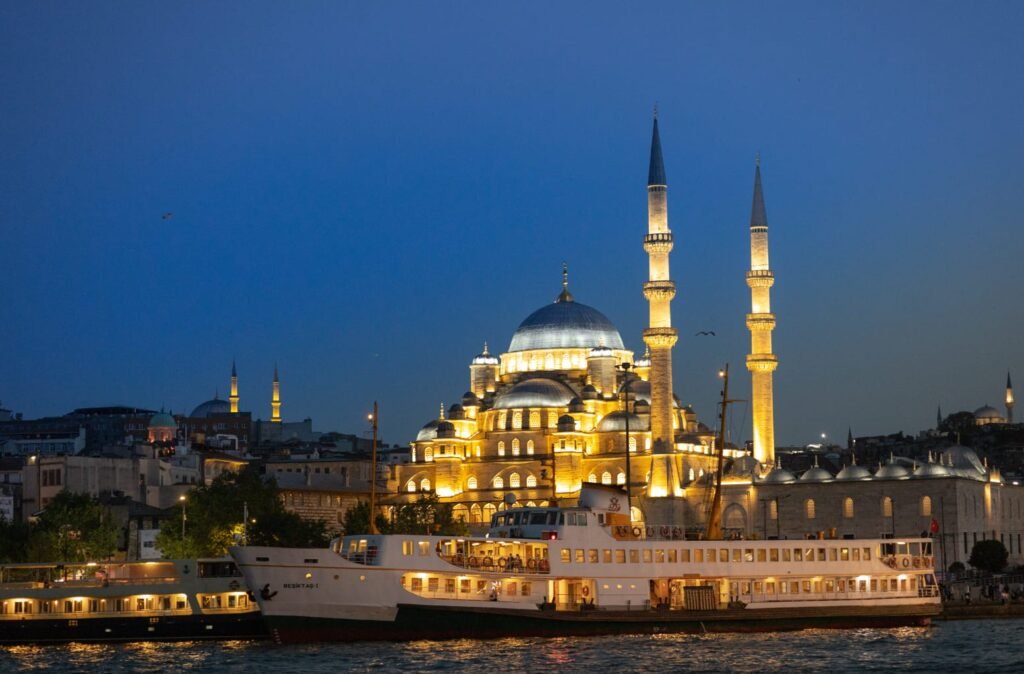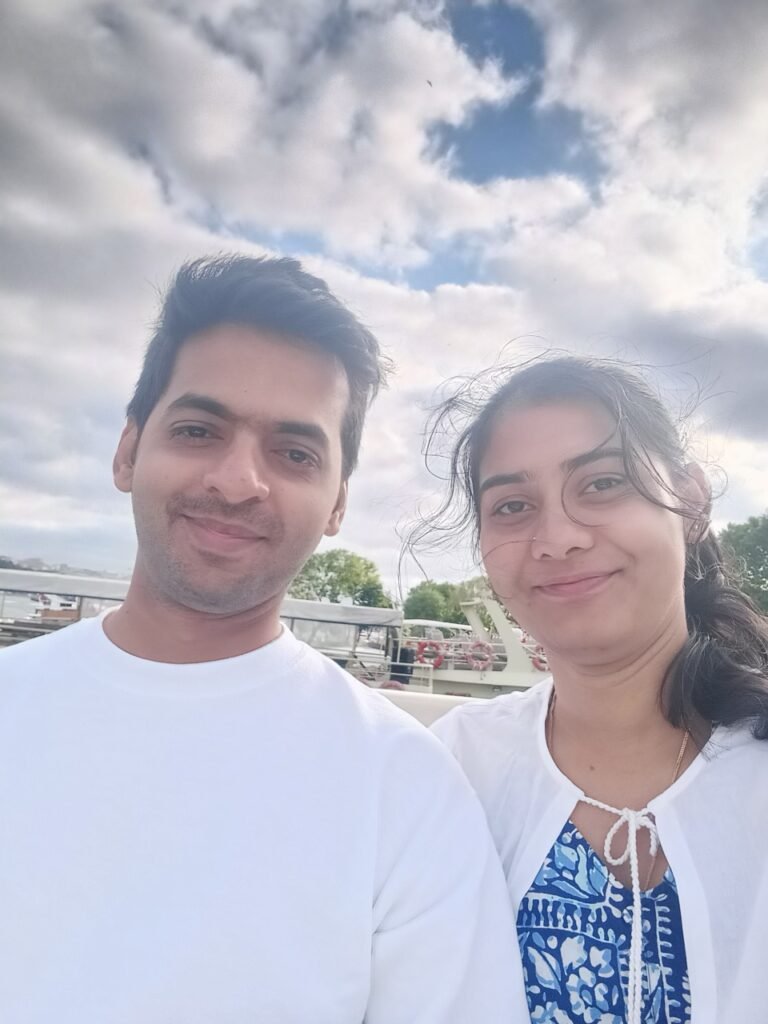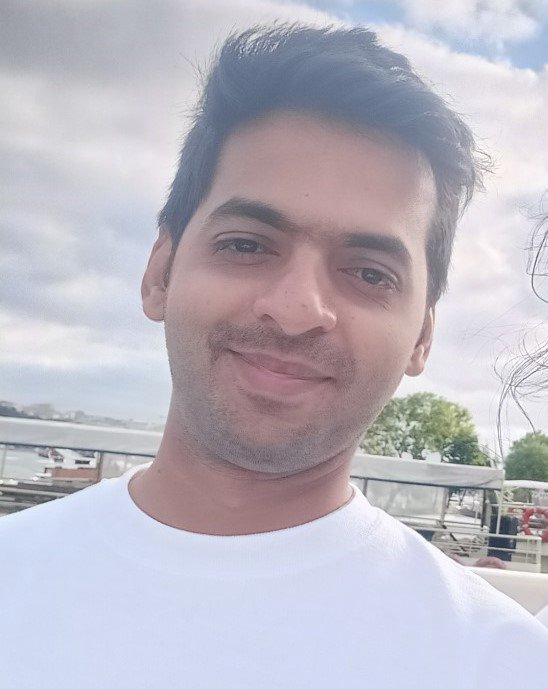Last Updated on September 4, 2024
Vinay Hegde and his wife, Vaishali, recently visited Istanbul to drink in all the ancient history and colorful culture that it has to offer. Their escapade covers everything from all the famous monuments to the little unknown treasures which almost prove the fairy tale aspects of this eternal city.
The long journey back to the USA from India needed a break. I kept searching for an easy visa option, and for this tight timeline, nothing would do better than Turkey, which requires an online visa in 15 minutes for holders of a valid US visa. Istanbul is one of Europe’s most historical and culturally alive cities, becoming a great layover destination.

Day 1: Arrival and First Impressions
Late in the afternoon, we flew into Istanbul. With the catching of a shuttle bus from the airport, we arrived in the Old City. The location of the hotel turned out to be just perfect for sightseeing purposes-literally just minutes from Galata Tower. The bus dropped us off at the base of the tower and we had some light Indian food at a restaurant nearby; then we took the metro only a couple stops back to the hotel. We were tired from our journey, napped, and set out in the evening.
It was a hotel located in a cute little lane and was next to the Galata Tower. This tower looked ethereal during nightfall, and the entire place was buzzing with tourists. We roamed around, explored the nightlife, and returned to the hotel for a good night’s sleep.
Day 2: Discovering Istanbul’s Historic Gems
The following morning, we visited these historical sites in Istanbul and the first place was Hagia Sophia. Hagia Sophia, once built in 537 AD as a cathedral by the Byzantine Empire, is truly an architectural marvel. Its enormous dome, touted once as the largest in the world, seems to sail above the great space inside and is virtually out of this world. The beautiful mosaics of Christian images are proof of its past. With the Ottoman conquest in 1453, Hagia Sophia became a mosque; features of Islam were added, including the mihrab and minarets, enabling two of the world’s great religions to meet beneath one awesome dome. Hagia Sophia is a museum and a monument to Istanbul’s rich and conflicted past.

After going into ecstasies in front of Hagia Sophia, we crossed Sultanahmet Square to the Blue Mosque, officially known as the Sultan Ahmed Mosque. The mosque was built in the early 17th century and is known for its gorgeous blue color of Iznik tiles that adorn interior walls and give it such a popular name. The mosque itself is a perfect combination of Ottoman and Byzantine architecture with its cascadable domes and six soaring minarets. We walked in and immediately felt taken aback by the peaceful majesty of the enormous prayer hall, with its beautiful geometrically patterned carpets and the soft, muted light filtering through the stained glass windows. Inside, however, it was serene, contrasting with the hustle and bustle of the square outside.
Sultanahmet Square itself is steeped in history. The Hippodrome of Constantinople, it used to be the place of social and athletic events for the Byzantine Empire. We strolled around the square and examined all the old monuments, including the Obelisk of Theodosius, brought in from Egypt in the 4th century, and the Serpentine Column brought in from Delphi. The square has a bustling center where past and present merge effortlessly; it is exciting to imagine chariot races and political forums taking place there.
For lunch, we chose this rooftop restaurant that had the most magnificent view of the Blue Mosque and the Bosphorus. And all that Turkish food, with their base of cheese and hummus, not to mention everything else, and the sights, oh, the sights-all combined so exquisitely. After lunch we all walked back to our hotel, which was great because it was within walking distance of all these historic places.
The highlight of our trip included a sunset cruise along the Bosphorus in the evening. The said cruise took us to the Asian side of Istanbul and gave us fantastic, breathtaking views of famous and attractive landmarks and luxury hotels. Our guide gave insight throughout our journey in an informative way, making the tour more rewarding. As it got dark, we went back to the European side, and the people at the cruise arranged a taxi for us to be taken back to our hotel.
We ended up in Taksim Square, which is very alive and has a hopping nightlife. After a delicious dinner at another Indian restaurant, we leisurely walked back to the hotel, navigating through charming narrow streets lined with bustling shops and cafes. One thing that we had generally noticed during our stay in this city was the friendly street cats; this is really unique and appealing about Istanbul.

Day 3: Market Adventures and Farewell
Our third day started with the famous Spice Market, a big, really busy, noisy bazaar. We proceeded to the marketplace and spent about two hours trying almost every flavor of tea in the world, and also buying some fruits for bringing back home, which they sold dry. An experience for the senses, it was really: the nice smell of spices and the vibrant colors of the stalls.
Then we had a good lunch and took a cab to the airport, caught a flight to Pamukkale, and so ended our short and memorable trip in Istanbul.
Tips for Your Istanbul Layover
Luggage Storage at the Airport: And then, of course, there is the whole issue of paid luggage storage at the airport, should you not want to lug your bags around town. That way, it’s pretty handy to go sightseeing without having to carry all of your things with you.
Stay near the Galata Tower: I highly recommend staying near the Galata Tower because it’s centrally located to reach all the major sights. Centrally located, it is an easy starting point, for sure, and you can walk to so many of Istanbul’s most famous sights. A great place to stay.
Money Exchange: Never change your money at the airport, it’s terrible. Instead, head to Taksim Square and you will get better rates to exchange your money for.
Watch Out for Tourist Scams: Admittedly, there was also a downside to touristy cities such as Istanbul, with an array of rip-offs and touts. And don’t ever leave your stuff unattended, nor get too comfortable, keeping your wits always about you among a lot of people. We know this, for on one occasion, one of our cell phones was stolen; so, just beware of your belongings.

Final Thoughts
It is also so neat, literally being the only city in the world in both Europe and Asia, which is super evident in the architecture, food, and people being so mixed. Although a predominantly Muslim country, Turkey is actually super progressive, and here in Istanbul, you hardly ever see traditional attire-such as people in burkas. That’s a very European city: crowded on the streets, beautifully looking people, and great food for every taste that a tourist might have. Well, not everyone spoke English, though it didn’t matter because people were very nice and willing to help.
It’s definitely a city that has left its mark on me, and this mixture of history and culture with modernization is definitely something that should be experienced by one and all-even if it’s for just that split second when they are changing planes.

(This article was contributed by Vinay Hegde Hasargod (India), a software engineer residing in the USA, who happened to be on a tour in Turkey (Istanbul) with his wife Vaishali. The latter has been kind enough to share some of his memories and knowledge from their exciting odyssey and thus provide a feeling of what Istanbul is truly like with its historical depth and cultural color.)
Pictures Credit: Vinay Hegde and Vaishali Vinay Hegde, Hasargod


